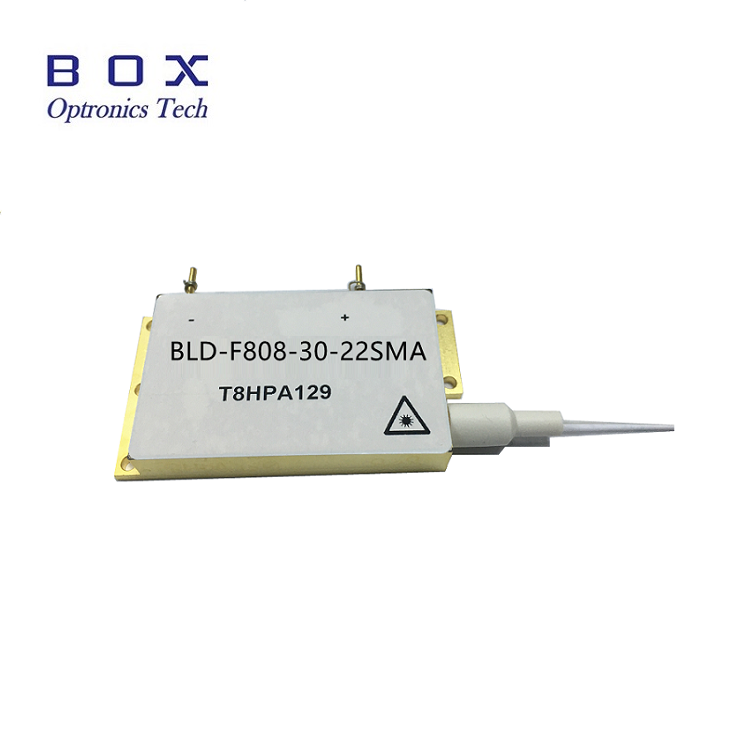Demystifying Multimode Fiber Coupled Laser Diodes: Understanding the Principle of Operation
2024-05-14
In the world of telecommunications, data transmission, and optical networking, laser diodes are the unsung heroes. They're the tiny but mighty components that play a pivotal role in transmitting vast amounts of data at lightning speed. But how do they work, particularly when coupled with multimode fibers? Let's delve into the fascinating realm of laser diodes and multimode fiber optics to understand their principle of operation.
Laser Diodes: The Heart of Optical Communication
At the heart of laser diodes lies a phenomenon called stimulated emission. This process occurs within a semiconductor material, typically composed of gallium arsenide (GaAs) or similar compounds. When an electric current is passed through the semiconductor material, it excites electrons within the material, causing them to jump to higher energy levels. As these excited electrons return to lower energy states, they emit photons of light.
Unlike conventional light sources like incandescent bulbs or LEDs, which emit light in various directions and wavelengths, laser diodes produce coherent light. Coherent light consists of photons moving in phase, meaning they have the same frequency and wavelength, traveling in a single direction. This property is crucial for efficient transmission of light through optical fibers.
Multimode Fiber Optics: A Highway for Light
Now, let's introduce multimode fiber optics into the equation. Multimode fibers are optical fibers with a larger core diameter, allowing multiple modes or paths for light to propagate. This design enables them to carry multiple signals simultaneously, making them ideal for short-distance communications within buildings, campuses, or data centers.
Coupling Laser Diodes with Multimode Fibers
When it comes to coupling laser diodes with multimode fibers, the objective is to efficiently launch the laser light into the fiber core, ensuring minimal loss and maximum transmission efficiency. This process involves several key components and considerations:
1. Fiber Coupling Optics: Specialized lenses or optical components are used to focus and collimate the light emitted by the laser diode. These optics help match the divergence of the laser beam with the numerical aperture of the multimode fiber, maximizing coupling efficiency.
2. Alignment: Precise alignment of the laser diode and the multimode fiber is critical to achieving optimal coupling efficiency. Misalignment can result in significant losses and degradation of signal quality.
3. Mode Matching: Ensuring that the mode profile of the laser diode matches the mode profile of the multimode fiber is essential for efficient coupling. Mode mismatch can lead to modal dispersion and loss of signal integrity.
Principle of Operation
The principle behind the operation of multimode fiber coupled laser diodes revolves around achieving efficient light coupling into the multimode fiber core. This involves matching the divergence characteristics of the laser beam with the numerical aperture of the fiber, optimizing alignment, and ensuring mode matching between the laser diode and the fiber.
By carefully controlling these parameters and employing precision optics and alignment techniques, it's possible to achieve high coupling efficiencies, enabling reliable and high-speed data transmission through multimode fiber optics.
Conclusion
Multimode fiber coupled laser diodes play a crucial role in modern optical communication systems, facilitating the transmission of data over short distances with high efficiency and reliability. Understanding the principles behind their operation helps engineers and researchers develop and optimize systems for various applications, from telecommunications to data networking and beyond. As technology continues to advance, so too will the capabilities of these remarkable components, driving innovation in the field of optical communication.



